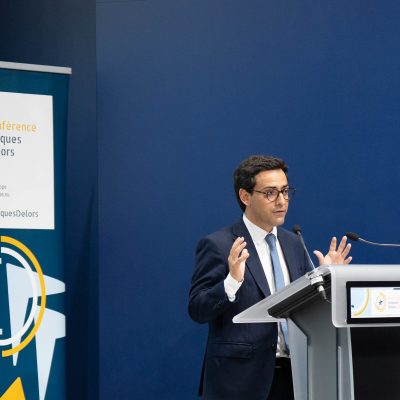[EN] Impact macroéconomique des fonds de relance de l’UE
Par l’Institut d’Estudis Financers

En juin 2020, en réponse à la crise du Covid-19, les dirigeants de l’UE ont convenu de la mise en place d’un plan de relance exceptionnel et temporaire. Baptisé « Next Generation EU », ce plan s’élève à 807 milliards d’euros en prix courants (soit l’équivalent de 5 % du PIB de l’UE en 2020) et est financé par l’émission d’une dette commune de l’UE. La plupart des fonds NGEU sont alloués à un nouveau programme européen, la facilité pour la reprise et la résilience (RRF), qui apporte un soutien financier aux États membres sous forme de subventions et de prêts afin de mettre en œuvre des programmes nationaux pluriannuels d’investissements et de réformes convenus au préalable. L’Espagne est l’un des principaux bénéficiaires de la RRF, ayant reçu 77,4 milliards d’euros de subventions RRF à utiliser entre 2020 et 2026.
Cet article examine l’impact macroéconomique attendu de la facilité pour la reprise et la résilience (RRF) de l’UE, également connue sous le nom de « fonds de relance de l’UE ». Après avoir décrit les principales caractéristiques de la FRR, il présente les estimations de la Commission et de la BCE concernant l’impact macroéconomique de la FRR. La troisième section examine ensuite comment le nouveau scénario macroéconomique généré par l’invasion de l’Ukraine par la Russie et la crise énergétique qui se développe pourraient modifier ces estimations. La quatrième section examine plus en détail l’impact attendu des fonds de la FRR en Espagne. La cinquième section présente les conclusions.




